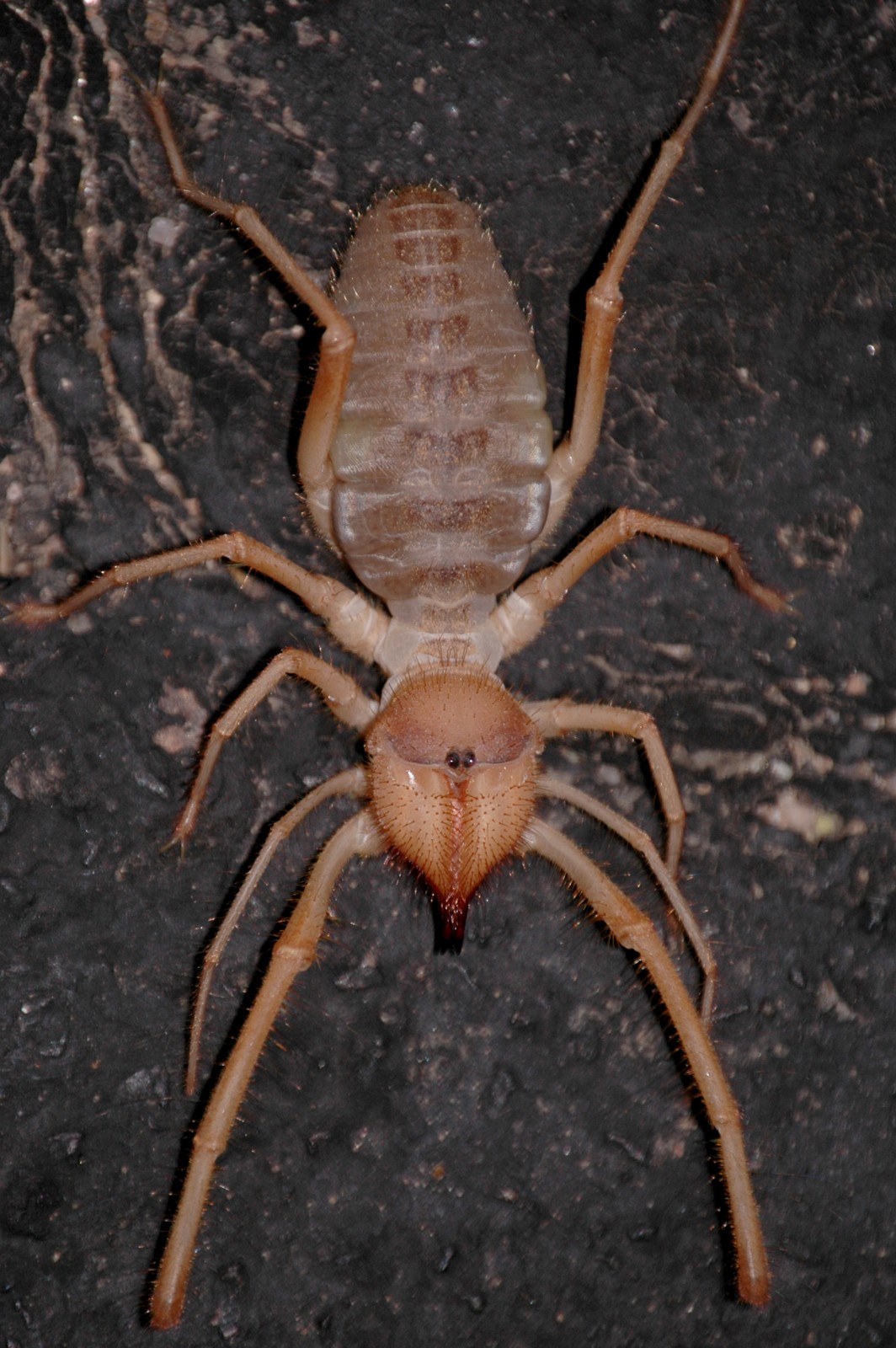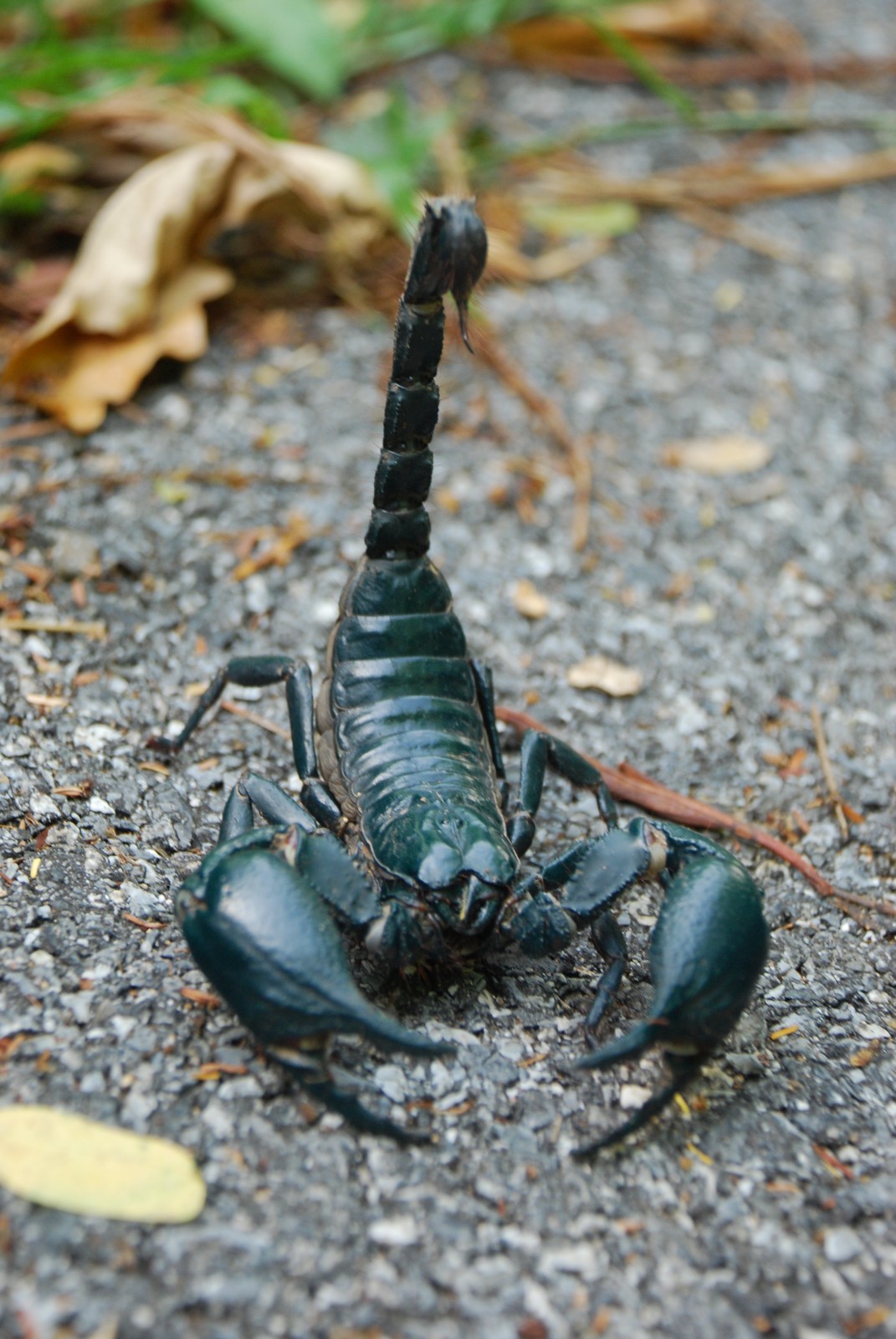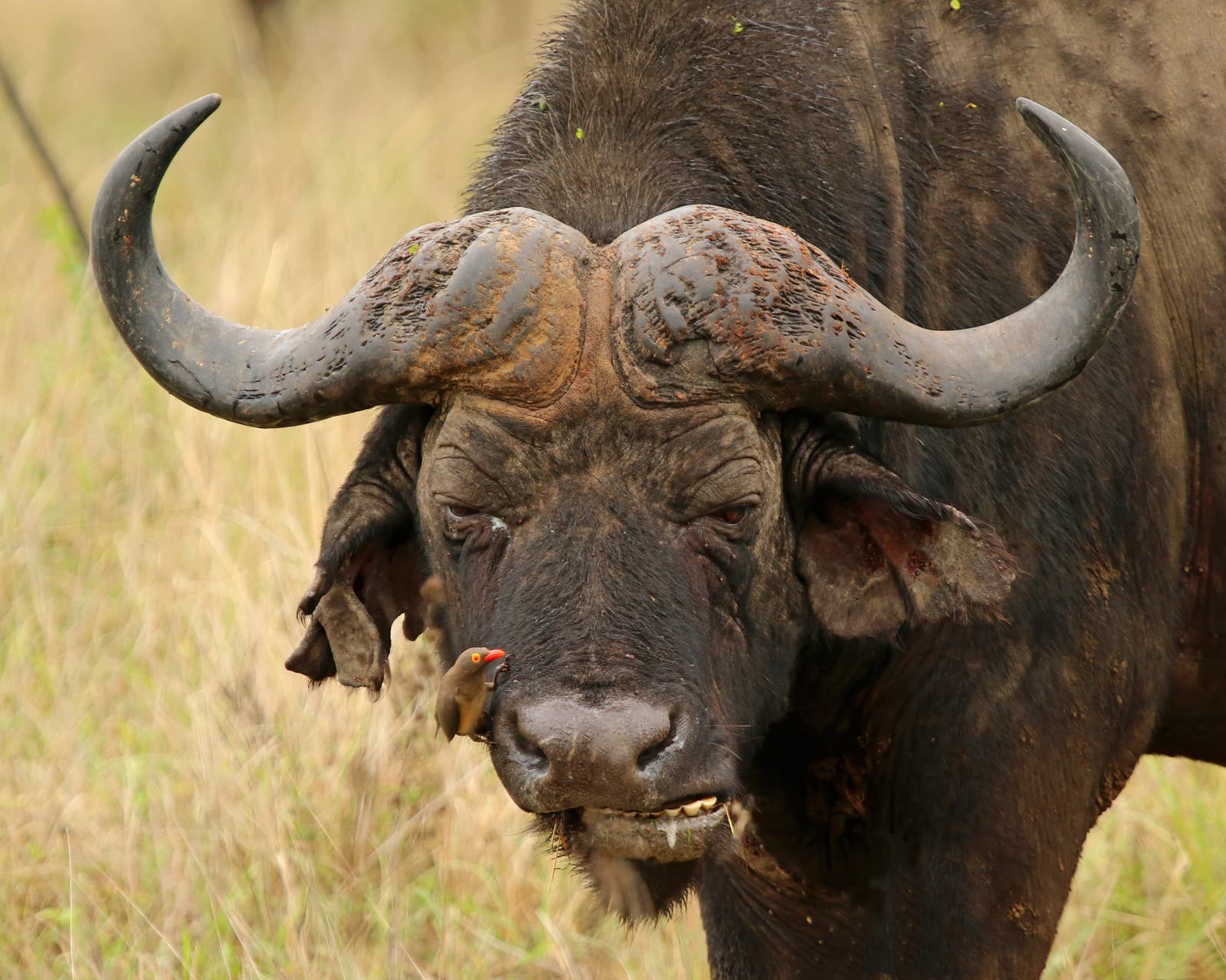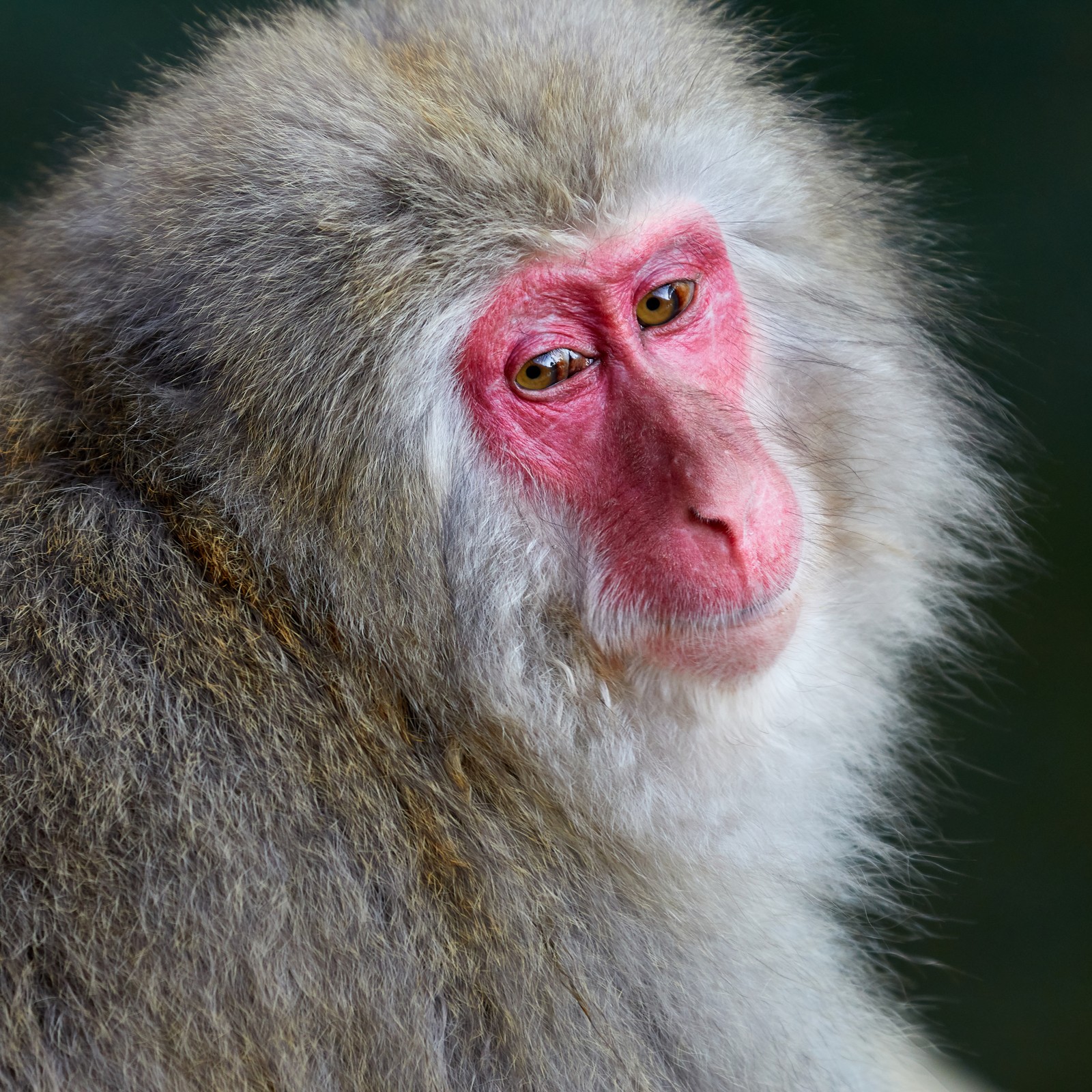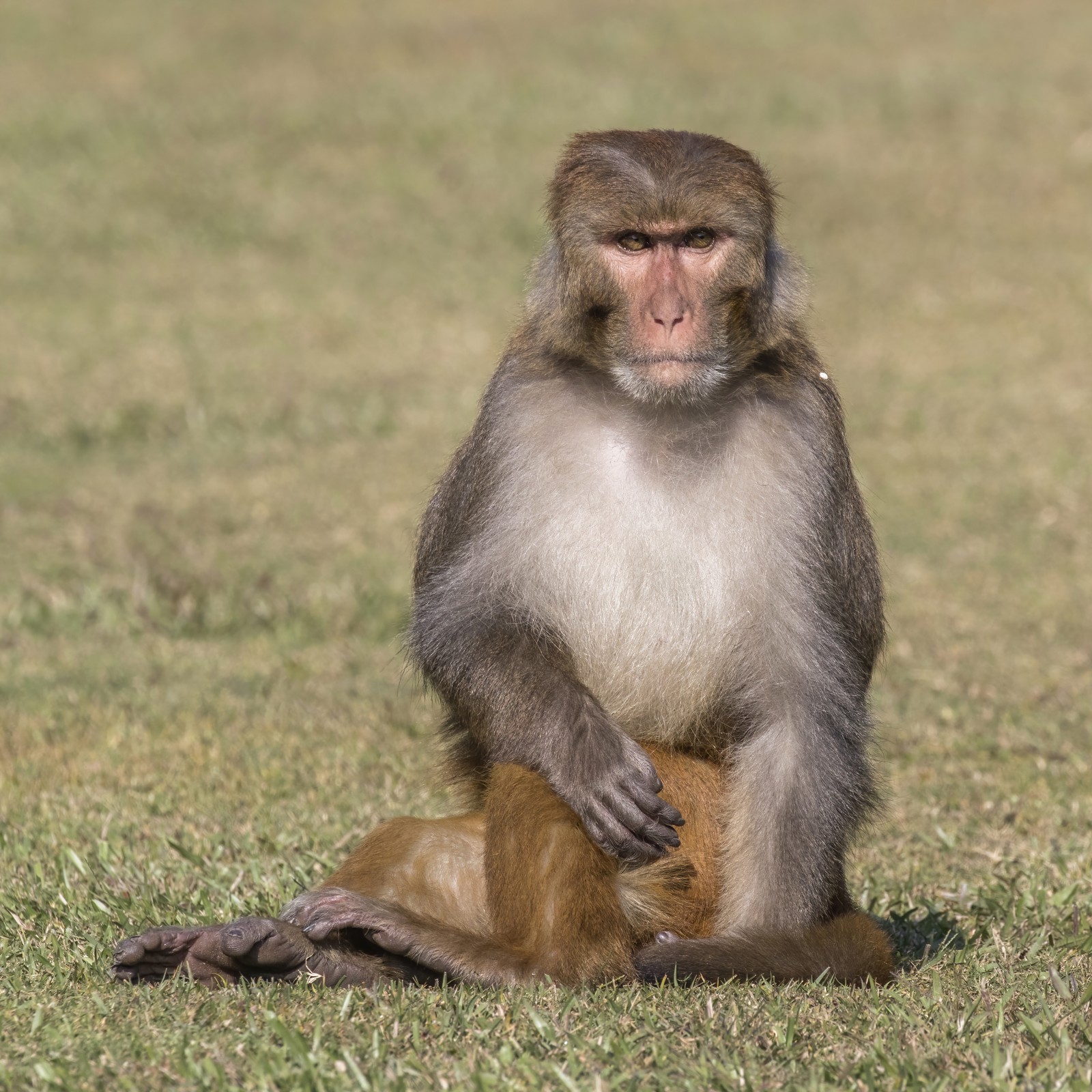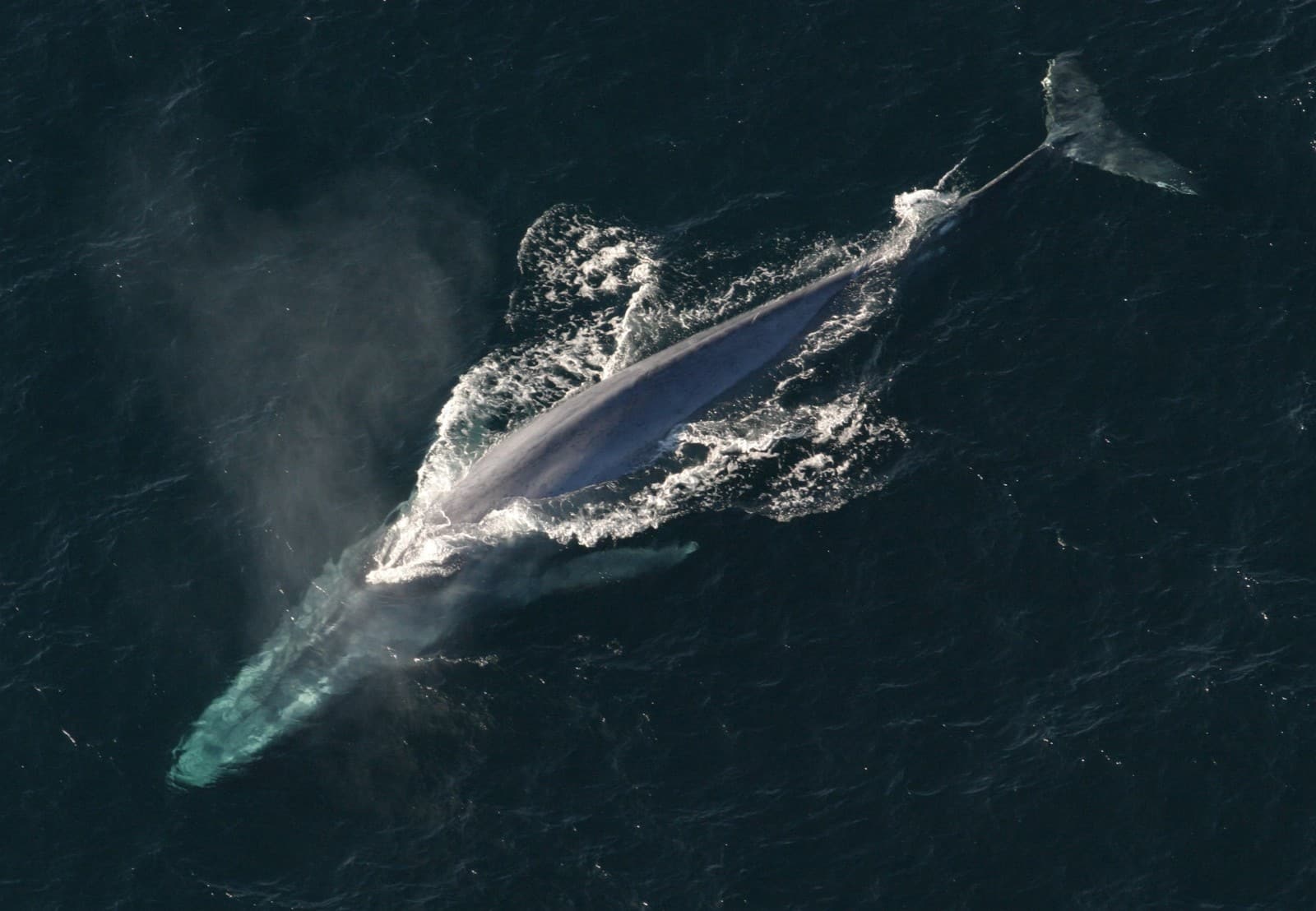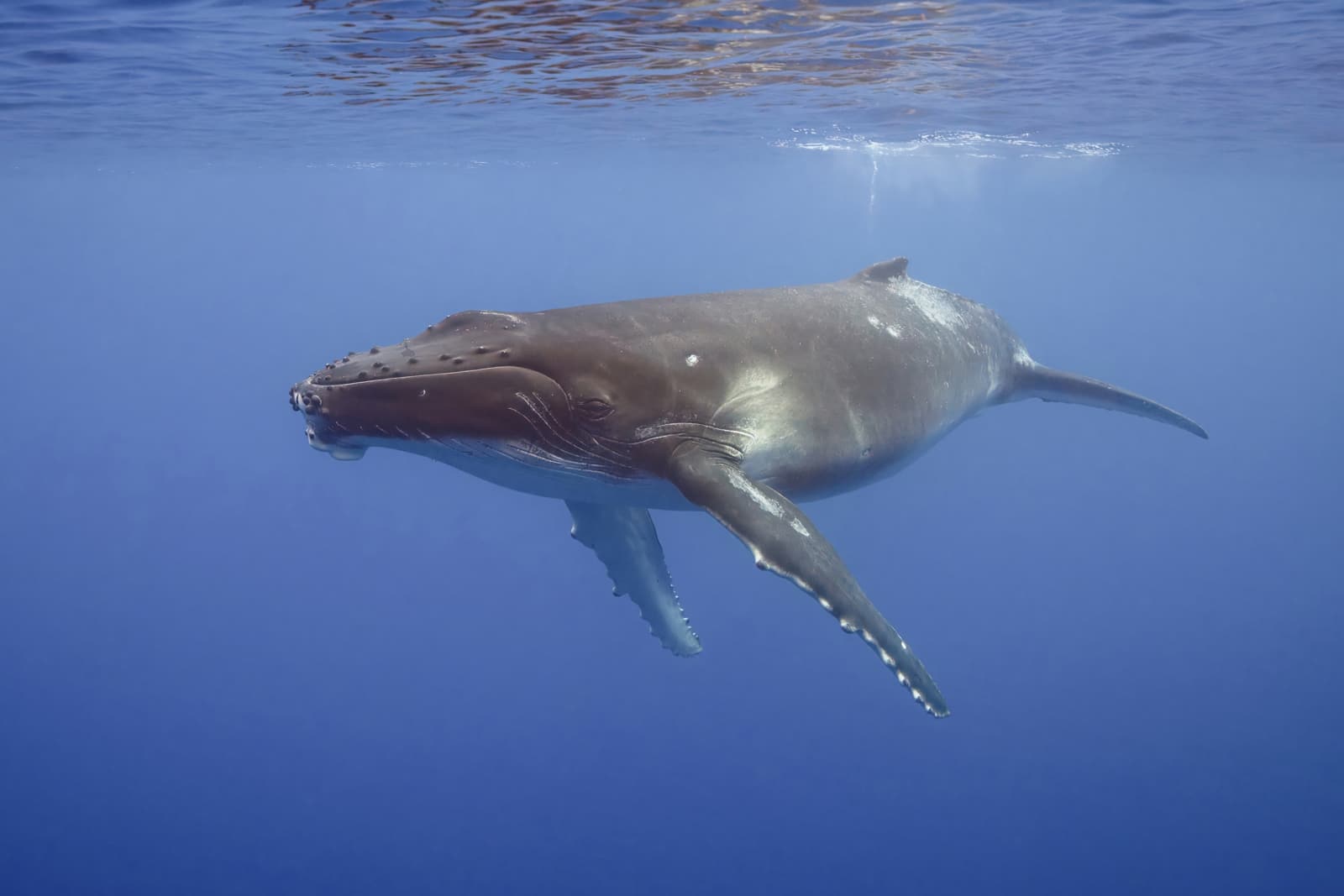Feather Star vs Sea Star: A Complete Comparison
While Feather Stars and Sea Stars both inhabit marine environments, these fascinating creatures couldn’t be more different in their biology and behavior. Feather Stars belong to the class Crinoidea and possess up to 200 feather-like arms used for filter feeding, while Sea Stars are members of class Asteroidea, typically featuring five arms specialized for hunting and scavenging. Despite their shared ocean habitat, these animals represent distinct evolutionary paths spanning over 480 million years.
The key distinction between Feather Stars and Sea Stars lies in their feeding strategies and mobility. Feather Stars are passive filter feeders that catch plankton with their intricate arms, while Sea Stars are active predators that can pry open mollusks and digest prey externally. This fundamental difference shapes everything from their anatomy to their ecological roles.
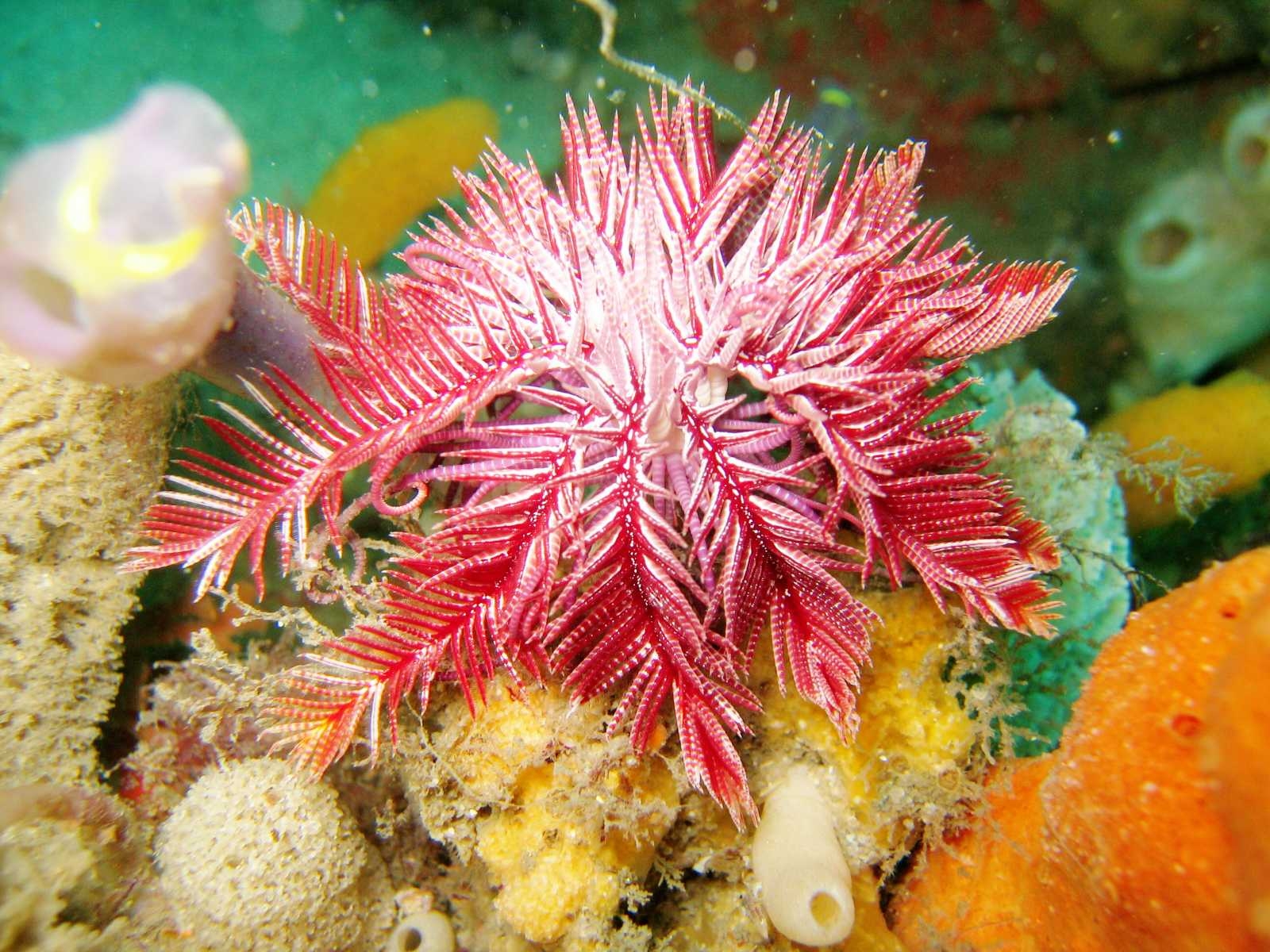
© Richard Ling (User:Rling) / CC BY-SA 3.0
The Feather Star demonstrates its remarkable filter-feeding adaptation with dozens of delicate, feather-like arms that capture microscopic prey from passing currents. These elegant creatures can have arm spans reaching up to 3 feet (1 meter) when fully extended.
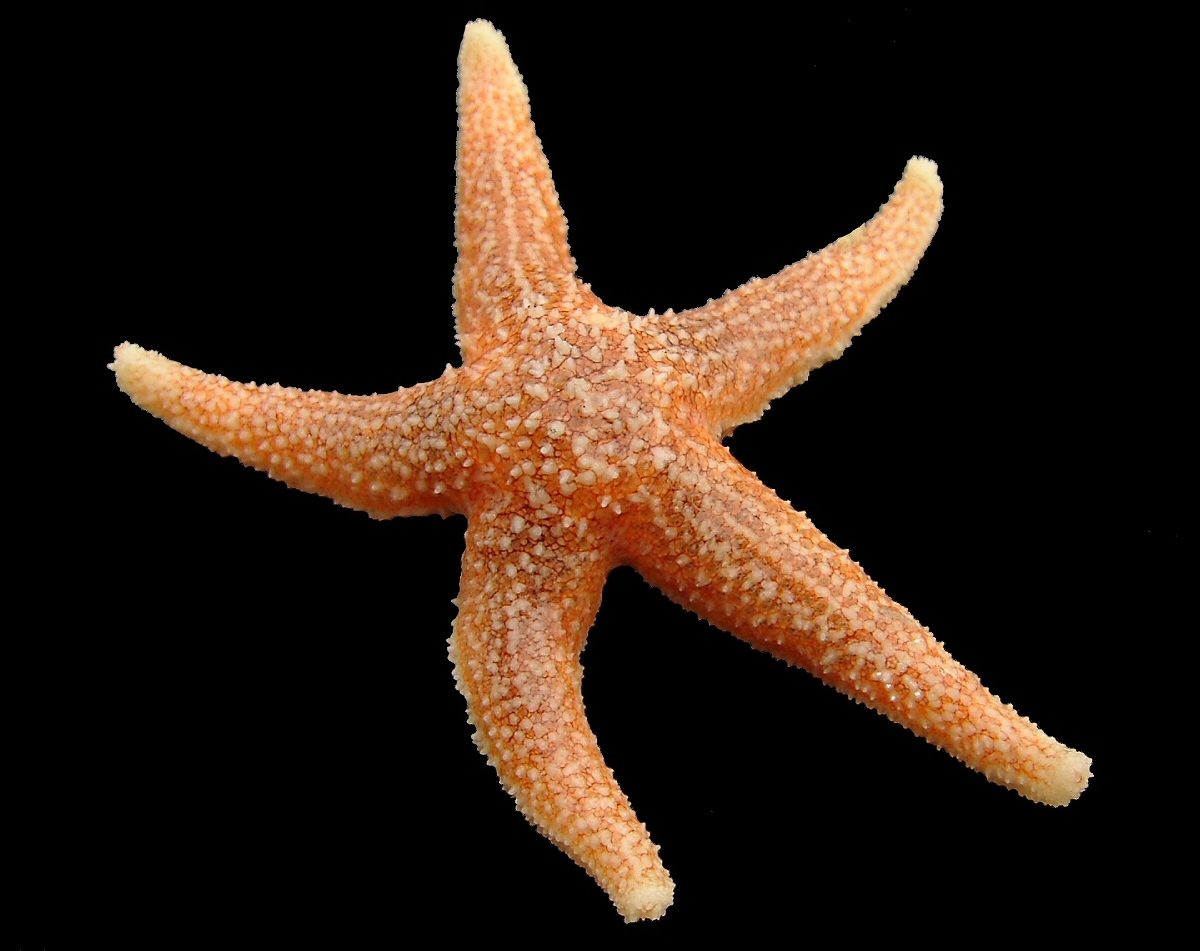
© Hans Hillewaert / CC BY-SA 4.0
The Sea Star exhibits the classic five-armed body plan that has made these predators successful for millions of years. Its robust construction and specialized tube feet allow it to move across the seafloor and capture prey effectively.
Key Differences Between Feather Stars and Sea Stars
| Feature | Feather Star | Sea Star |
|---|---|---|
| Classification | Class Crinoidea | Class Asteroidea |
| Number of Arms | 20-200 arms | Usually 5 arms |
| Feeding Method | Filter feeding | Predatory/Scavenging |
| Movement | Swimming and crawling | Crawling using tube feet |
| Size Range | 4-36 inches (10-91 cm) | 4-20 inches (10-50 cm) |
| Habitat Depth | 30-6,000 feet (9-1,830 m) | Intertidal to 20,000 feet (6,000 m) |
Habitat and Distribution
Feather Stars typically inhabit deeper waters, attaching themselves to coral reefs, rocks, or other marine structures. They’re most abundant in Indo-Pacific waters, particularly around coral reefs where currents bring abundant planktonic food. Sea Stars, meanwhile, demonstrate remarkable adaptability, occurring from tropical shorelines to the deepest ocean trenches, with over 1,900 known species worldwide.
Feeding Behavior and Prey
The feeding strategies of these animals couldn’t be more distinct. Feather Stars are passive filter feeders, using their numerous arms covered in tiny tube feet (pinnules) to catch plankton and organic particles from the water. Each arm contains a groove that channels captured food toward the central mouth.
Sea Stars, conversely, are active predators. They use their powerful tube feet to pry open mollusks and their unique ability to evert their stomach allows them to digest prey externally. A single Sea Star can consume up to 50 small clams per day.
Movement and Locomotion
Feather Stars display remarkable mobility for filter feeders. They can swim by coordinating rhythmic movements of their arms and crawl across surfaces using modified arms called cirri. Some species remain attached to a single location for extended periods, while others actively relocate to optimize feeding positions.
Sea Stars move using their specialized tube feet, which operate through a complex hydraulic system. These tube feet also assist in prey capture and maintaining grip on surfaces in strong currents. While slower than Feather Stars in short bursts, Sea Stars demonstrate impressive persistence in pursuing prey.
Reproduction and Life Cycle
Both animals exhibit fascinating reproductive strategies. Feather Stars typically reproduce sexually, releasing eggs and sperm into the water. Their larvae go through a stalked stage before developing into free-swimming adults. Some species can also regenerate lost arms or even split to form new individuals.
Sea Stars show similar reproductive flexibility but with additional capabilities. Beyond sexual reproduction, many species can regenerate entire bodies from a single arm if the central disc remains partially intact. This remarkable regenerative ability helps them survive predator attacks and other injuries.
Conservation Status and Human Impact
While neither group faces immediate extinction threats, both Feather Stars and Sea Stars play crucial roles in marine ecosystems. Feather Stars serve as important indicators of reef health, while Sea Stars help control mollusk populations. Climate change, ocean acidification, and habitat destruction pose significant challenges to both groups, highlighting the need for marine conservation efforts.
Through this detailed comparison of Feather Stars vs Sea Stars, we can appreciate how evolution has produced two remarkably different approaches to marine life. While they share a common ancestor and general body plan, their distinct adaptations showcase the incredible diversity of life in our oceans.
